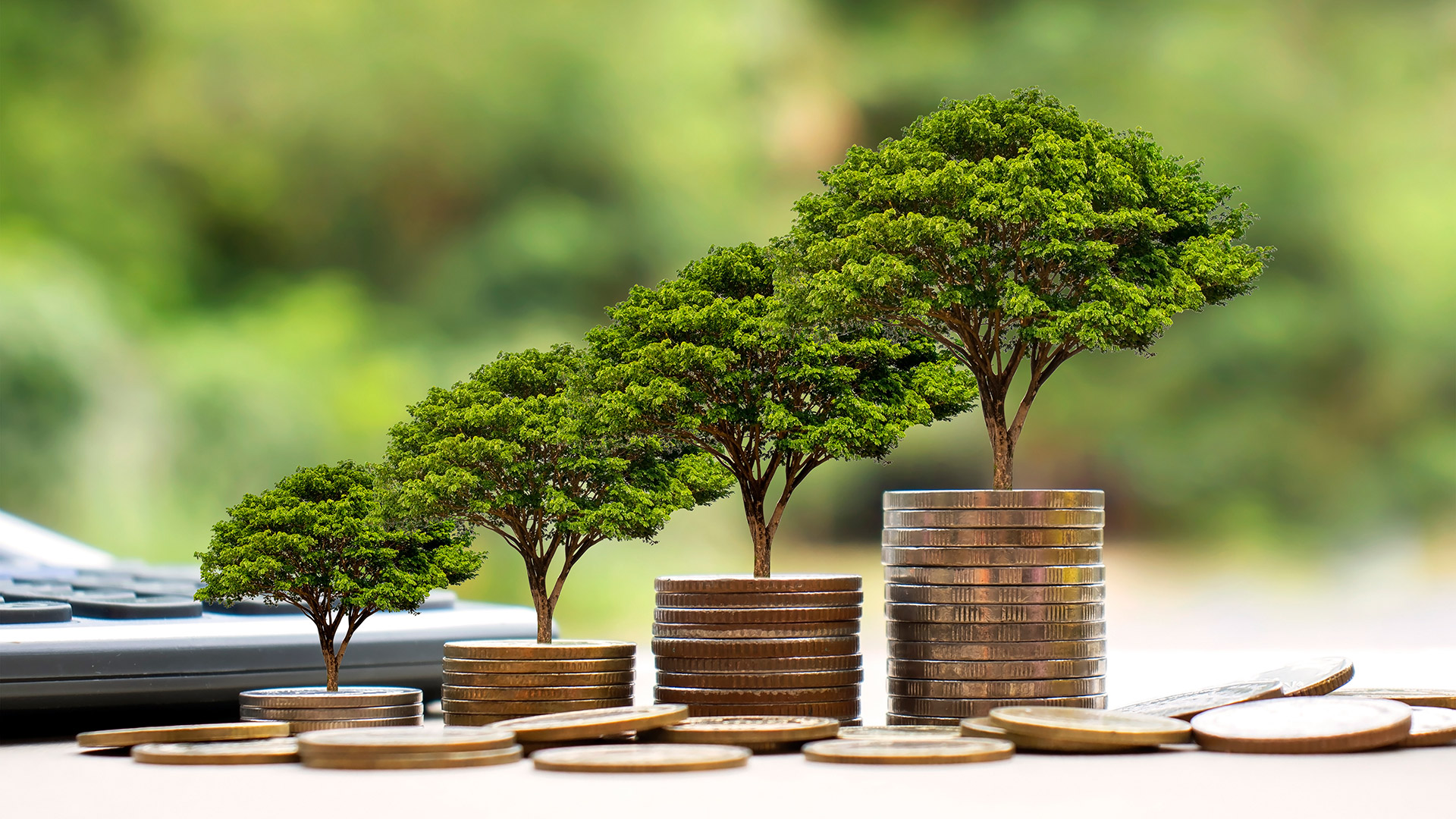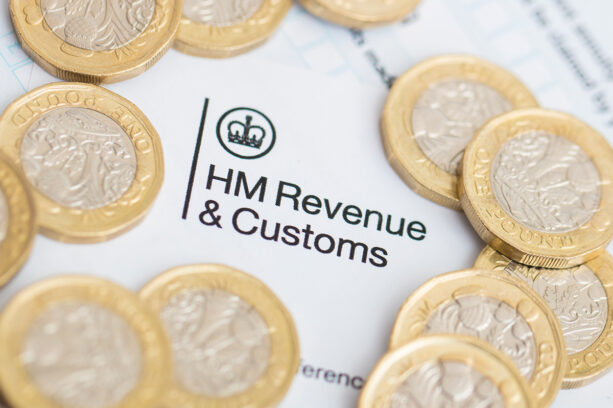Think of a tree as an investment. You buy a bit of land, plant the sapling, put your feet up for 40 years and then cut it down. Pretty unexciting.
Now think of a tree as a carbon sink, capturing carbon dioxide (CO2) and storing it into perpetuity. In the new world of climate change where the market pays for this service, this changes things.
Turning trees into investment
You put down the initial investment, you receive regular payments every year and then a lump sum at maturity. It could be a tree, but also starts to look a lot like a bond.
The new element, the income from selling the carbon credits, is a game-changer.
The Woodland Carbon Guarantee Scheme, launched in 2019 gives farmers and landowners the option to sell Woodland Carbon Units to the government at a fixed price. Alternatively, and interestingly, the forester can sell these credits onto the open market which has seen prices rise sharply recently, rising by over 320% over the last year.
To be eligible, woodlands must be registered with the Woodland Carbon Code, a scheme which provides a carbon standard for woodland projects and the amount of carbon sequestered in them.
That said, it takes a lot of trees to make a difference. A typical fully-grown tree can absorb around 21 kilograms of carbon dioxide per year. Over a lifetime of 100 years, one tree could absorb around a tonne of CO2. While this seems like a large amount, humans are creating about 40 billion tonnes of CO2 each year, meaning that we’d need to plant 40 billion trees annually to offset the emissions created.
The government is supporting the UK’s tree planting programme. In the March Budget, Chancellor Rishi Sunak announced a £640m funding package in England and Wales with a promise to plant 30,000 hectares annually between 2020 and 2025 – more than double the previous planting rates – with an ambition to extend tree cover from 13% to 17% in the UK.
A fundamental problem has been how to turn pledges into new planting, particularly in England, given that 84% of all new planting in the UK last year took place in Scotland.
There is strong demand for timber in the UK, one of the least densely forested countries in Europe and the second biggest net importer of timber in the world after China.
This tight supply and growing demand dynamic, supports prices of UK timber with prices rising around 5.6% in real terms per annum over the last 20 years.
This alone is interesting from an investment perspective, especially in a world of negative real yields on most bonds. However, this is not where the story ends.
The plot thickens….
Afforestation, the process of creating new forests, involves acquiring land and planting the new trees.
The interesting bit is that the value of old sheep, pig or arable farmland is much lower than that for managed forests. Poor quality livestock farms can be purchased at around £10-15,000 per hectare and arable can be acquired at around £15-17,000 whereas commercial forestry is valued around £26,000 (figures from John Clegg & Co. and Savills). On top of this, forestry land can also earn additional income from mobile phone mast rents, leisure activities and other ancillary services.
So, trees can offer bond-like returns and the afforestation process can provide decent capital returns.
Now it’s beginning to look a lot more like an investment proposition, let alone the environmental and biodiversity benefits that allow the investor to sleep better at night. Planting trees can reduce flood risks, provide shelter for wildlife, enhance the landscape, and purify the air, as well as offering opportunities for sport, conservation, recreation, and amenity, helping towards several of the UN’s Sustainable Development Goals.
Opportunity knocks
This opportunity is the key behind a new fund, the Foresight Sustainable Forestry Investment Trust, which launched in November. This fund will focus around 40% of the portfolio on afforestation and the remainder in managed forests of different ages and maturities. Foresight have been involved in forestry for many years and have built a database of farmland in the UK that could potentially be acquired for afforestation.
The fund has a target return of inflation plus 5% per annum. Over time, we would expect around three-quarters of this return to come from capital appreciation from afforestation and the remaining quarter from carbon credits and timber.
Interestingly, investment bank Credit Suisse produced a research piece this summer where they stated, “we calculate that planting a tree could yield an internal rate of return of over 11%”, confirming the sort of returns that Foresight expect.
As with any investment, there are risks. Fortunately, the trees can be insured for unforeseen events such as fire or wind loss. Other risks such as currency or indebtedness are contained by focusing in the UK, and a limit of debt to 30% to gross net asset value. Timber, as with most commodities is subject to price volatility in response to swings in demand and supply.
We believe this could be a great addition to our portfolios. The trust offers the potential for inflation-linked returns from an asset with very little correlation to equities and bonds, and therefore a great diversifier, combined with a broader benefit for the environment.
Want to invest in a greener future? Contact us to discuss how we can help you with your investment goals while making a positive impact on the environment.
Sources:
How much CO2 does a tree absorb? | Viessmann
House of Commons Briefing Paper, Tree Planting in the UK – June 2021
Could Global CO2 Levels be Reduced by Planting Trees? | CO2Meter.com – May 2021
Foresight Group Holdings Limited Investor Presentation – September 2021




